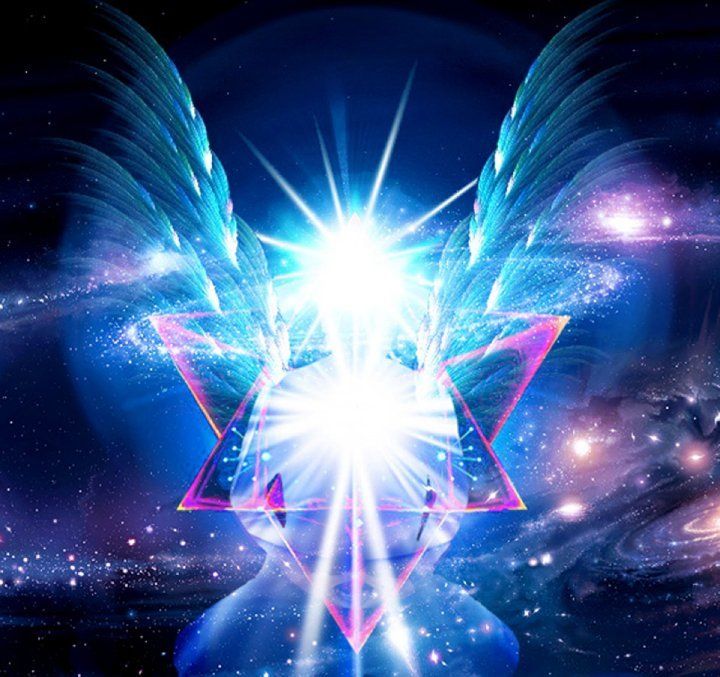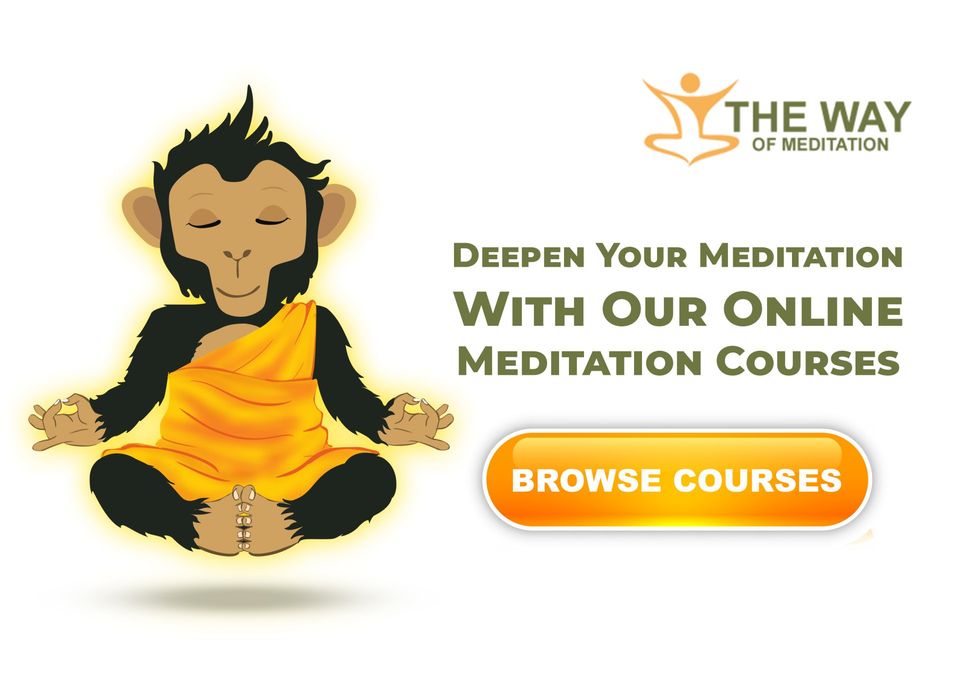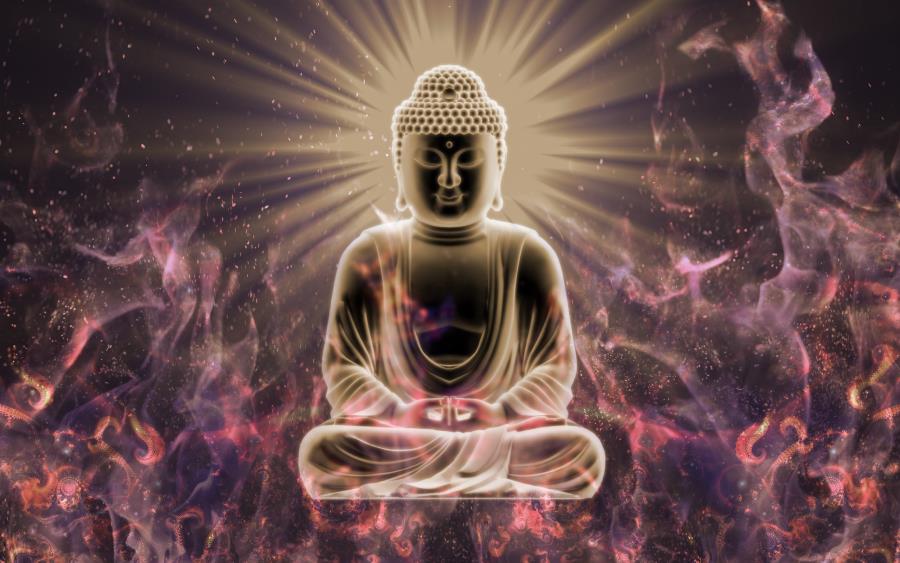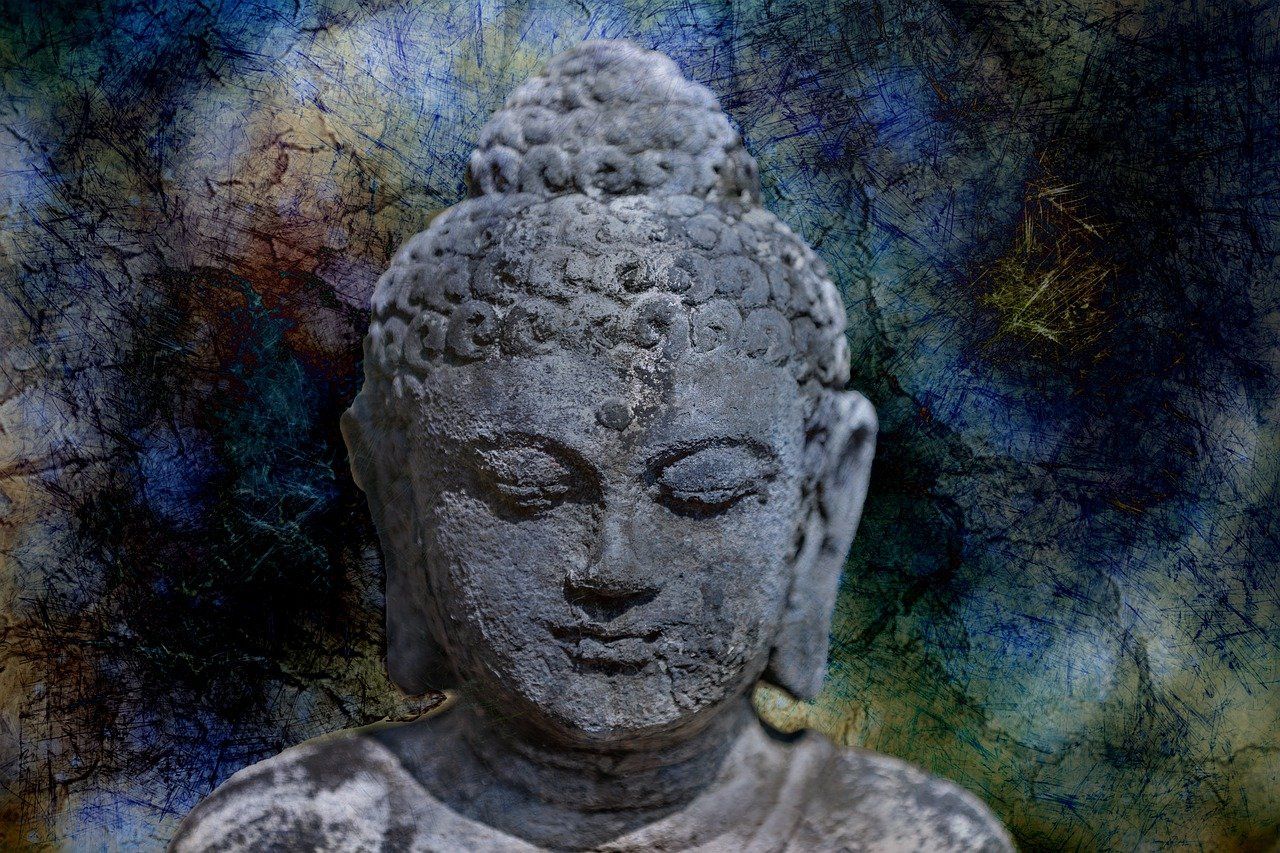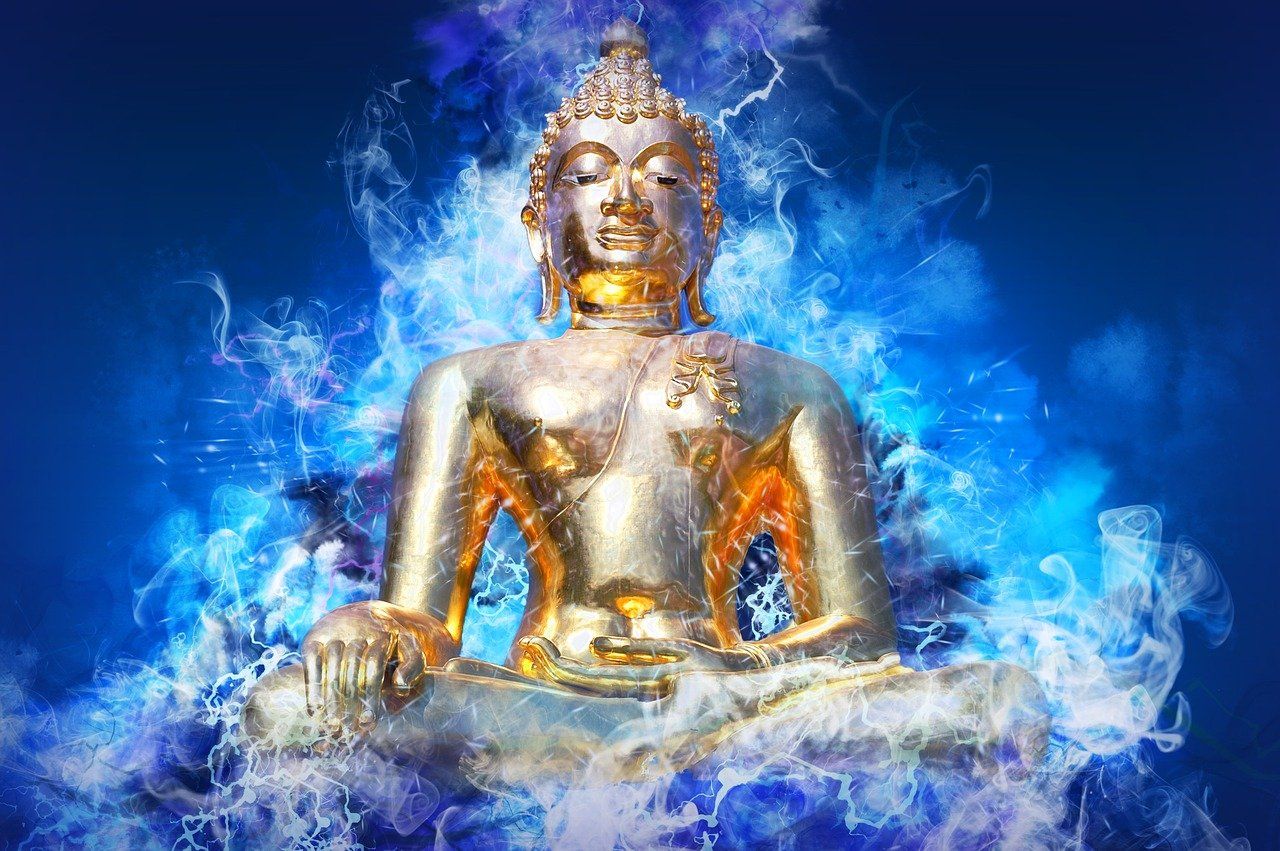The Way of Meditation Blog
Bringing Ancient Wisdom Into The Modern World
The Dalai Lama Says The Heart Of Meditation Is To Discover Innermost Awareness
Dalai Lama • April 28, 2017
Innermost Awareness Is The Essence Of All Tibetan Buddhist Teachings. I have great interest in the statement by many wise persons in all the orders of Tibetan Buddhism
that their systems come down to the same final principle, and I feel that this is what I should and must explain. Such an exploration may be controversial, but in any case, these great scholar–yogis say that all these systems come down to the same final basic insight about innermost awareness, the same principle, because there is indeed a final basic experience on which they all alight. There is no way they would say this just to be polite.
In texts we inherited from India, the basic principle is sometimes called the “fundamental innate mind of clear light” or the “fundamental innate wisdom of clear light,” these two terms having the same meaning. In other texts, it is called the “space-diamond pervading space,” while in yet others it is called the “jewel mind,” as, for example, when it is said, “Separate from the jewel mind, there is no buddha and no sentient being.”
Then, in Tibet, in some texts, it is called “ordinary consciousness” and “innermost awareness.” These terms are used in the context of speaking about freedom from thought, which is psychologically and experientially described as “self-release,” “naked release,” and “unimpeded penetration.” The innermost awareness is said to be the basis of the appearance of all of the round of suffering (cyclic existence) and also the basis of liberation (nirvana). Everything, without exception, is complete in the continuum of innermost awareness. It is even said to be naturally arisen, since it has always been and always will be.
All of the phenomena of cyclic existence and nirvana are, when you come down to it, not newly produced by causes and conditions but integrally complete within the nature of primordial, naturally arisen innermost awareness; everything is contained within its sphere, within its scope. On the low end, the basis of the dawning of all of the phenomena of the world of suffering is this diamond mind of clear light; on the high end, the basis of the dawning of all the pure phenomena of liberation is just this innermost awareness, also called the diamond mind of clear light.
This is a topic well worth exploring for the sake of furthering our inner peace by opening our minds beyond our usual stream of thoughts. We should look into this with the aim of creating more peace with our neighbors and throughout our world.
In texts we inherited from India, the basic principle is sometimes called the “fundamental innate mind of clear light” or the “fundamental innate wisdom of clear light,” these two terms having the same meaning. In other texts, it is called the “space-diamond pervading space,” while in yet others it is called the “jewel mind,” as, for example, when it is said, “Separate from the jewel mind, there is no buddha and no sentient being.”
Then, in Tibet, in some texts, it is called “ordinary consciousness” and “innermost awareness.” These terms are used in the context of speaking about freedom from thought, which is psychologically and experientially described as “self-release,” “naked release,” and “unimpeded penetration.” The innermost awareness is said to be the basis of the appearance of all of the round of suffering (cyclic existence) and also the basis of liberation (nirvana). Everything, without exception, is complete in the continuum of innermost awareness. It is even said to be naturally arisen, since it has always been and always will be.
All of the phenomena of cyclic existence and nirvana are, when you come down to it, not newly produced by causes and conditions but integrally complete within the nature of primordial, naturally arisen innermost awareness; everything is contained within its sphere, within its scope. On the low end, the basis of the dawning of all of the phenomena of the world of suffering is this diamond mind of clear light; on the high end, the basis of the dawning of all the pure phenomena of liberation is just this innermost awareness, also called the diamond mind of clear light.
This is a topic well worth exploring for the sake of furthering our inner peace by opening our minds beyond our usual stream of thoughts. We should look into this with the aim of creating more peace with our neighbors and throughout our world.
Innermost Awareness Pervades Every Type of Consciousness
Conceptual awareness appears from within the sphere of innermost awareness and finally dissolves into the sphere of innermost awareness. Since this is the case, as the early twentieth-century scholar–yogi of the Old Translation (Nyingma) School Dodrubchen Jigme Tenpe Nyima says, just as oil pervades the entirety of sesame seeds, so clear light pervades all consciousness. He concludes that therefore even at the time of the manifestation of the coarser levels of mind—both during thinking and during the operation of the sensory consciousnesses associated with the eye, ear, nose, tongue, and body—it is possible to identify, through the force of a lama or guru’s empowering blessings and quintessential instructions, a subtle feature of clear light that pervades each of these consciousnesses.
Practicing The Path Right Now
Then, as the clear light becomes more and more profound, the types of coarse thoughts diminish more and more. This is why this practice is called “the essential path through knowledge of which all states are released.” Coming to know this single innermost awareness in our own experience, we are liberated from all sorts of tense situations.
To identify innermost awareness, the most difficult part is to make the distinction between mind ( sems ) and innermost awareness ( rig pa ). It is easy to talk about this difference, to say, “Innermost awareness has never been infected by mistake, whereas mind is under the influence of conceptualization and polluted with mistaken thought.” This is easy to say, but in terms of actual experience in our own mental continuum, it is very difficult. Dodrubchen said that although we might fancy that we are meditating on innermost awareness, there is a danger that we are actually, in fact, merely maintaining concentration on the clear and cognitive nature of a more superficial mind, and so we need to take care. It is helpful to do the latter, but it is not so profound.
All Tibetan systems, in their final view, emphasize the fundamental innate mind of clear light. In terms of the center of these systems, all of the phenomena of cyclic existence and nirvana are the sport, the effulgence, of the fundamental innate clear light. Hence, the root, and foundation, of all of that is within the scope of cyclic existence and nirvana is the fundamental clear light.
This being so, when practicing the spiritual path, there is nothing else needed to purify these impure appearances—which themselves dawn from within the context of innermost awareness or clear light—than to turn the fundamental innate mind of clear light itself into that through which you practice the spiritual path. Manifesting the fruit of practicing the path, the fundamental innate mind of clear light itself, when separated from all obstructive defilements, is the resultant omniscience of buddhahood, a state from which the greatest benefit to others can be effected.
This being so, when practicing the spiritual path, there is nothing else needed to purify these impure appearances—which themselves dawn from within the context of innermost awareness or clear light—than to turn the fundamental innate mind of clear light itself into that through which you practice the spiritual path. Manifesting the fruit of practicing the path, the fundamental innate mind of clear light itself, when separated from all obstructive defilements, is the resultant omniscience of buddhahood, a state from which the greatest benefit to others can be effected.
Introducing Innermost Awareness
The view, the multitudinous expanse,
Is cast in practical essentials of three keys.
I.
First set your own mind in a relaxed state,
Not emitting, not withdrawing, without conceptuality.
In this relaxed state of total absorption,
Suddenly shout PAT, striking your awareness,
Strong, intense, short. E MA HO!
Not any thing, astounding.
Astounding, unimpeded penetration.
Unimpeded penetration, inexpressible.
Identify innermost awareness of the truth body.
Its entity is identified within yourself—the first essential.
I will try to provide a little commentary.
Relax
Therefore, without making any adjustments to your mind, such as by conceptually working at analysis, leave, among the various phenomena of the world, whatever appears to your mind—people, buildings, mountains, your work, your friends, your problems, and the like—as just an appearance, and do not get involved and polluted with identifying it and thinking, “This is such-and-such.” Since a state of mere appearance and mere awareness needs to be sustained, do as the author of the poem says and “first set your own mind in a relaxed state,” not allowing the busy state of a multitude of thoughts.
Stop Thinking for A While
Between earlier and later conceptions, the continuum of the clear light of innermost awareness remains unbroken.
In the space between two thoughts, there is an easy opportunity for identifying this moment of innermost awareness.
Unless you can identify it, there is no way to sustain the view of the Great Completeness in meditation. This type of meditation, in which you are sustaining the experience of innermost awareness, is a case of remaining within the experience of what you are meditating on, rather than meditating on an object.
To identify innermost awareness and properly sustain it in meditation, it is important to have previously reflected on from where the mind arises, where it abides, and that into which it ceases, as well as other analytical techniques. For these practices, the reasonings as they are laid out in the great texts are helpful.
This article is adapted from the Dalai Lama’s new book, The Heart of Meditation , translated and edited by Jeffrey Hopkins from oral teachings, published by Shambhala, 2016.
In the space between two thoughts, there is an easy opportunity for identifying this moment of innermost awareness.
Unless you can identify it, there is no way to sustain the view of the Great Completeness in meditation. This type of meditation, in which you are sustaining the experience of innermost awareness, is a case of remaining within the experience of what you are meditating on, rather than meditating on an object.
To identify innermost awareness and properly sustain it in meditation, it is important to have previously reflected on from where the mind arises, where it abides, and that into which it ceases, as well as other analytical techniques. For these practices, the reasonings as they are laid out in the great texts are helpful.
If you can cause all these phenomena to appear as the vibration of innermost awareness, not deviating from the sphere of that mind, you will not come under the influence of conventional conceptions. When you identify your own basic entity yourself and directly ascertain its meaning continuously and forever in meditative equipoise, then even though acting in the world, you are enlightened.
Get A FREE
Guided Meditation Series
with Chad Foreman

In today’s fast-paced world, the mind often races, driven by the demands of work, family, and personal ambitions. Meditation is commonly seen as a practice to calm the mind, foster inner peace, and connect with deeper aspects of existence. Yet, one crucial element often overlooked is the state of the body, particularly the nervous system. Relaxing the nervous system isn’t just a preparatory step; it is foundational for unlocking the deeper states of awareness and tranquility that meditation promises. Drawing insights from my journey and teachings, we will explore why this is so vital and how it transforms the meditative experience.





